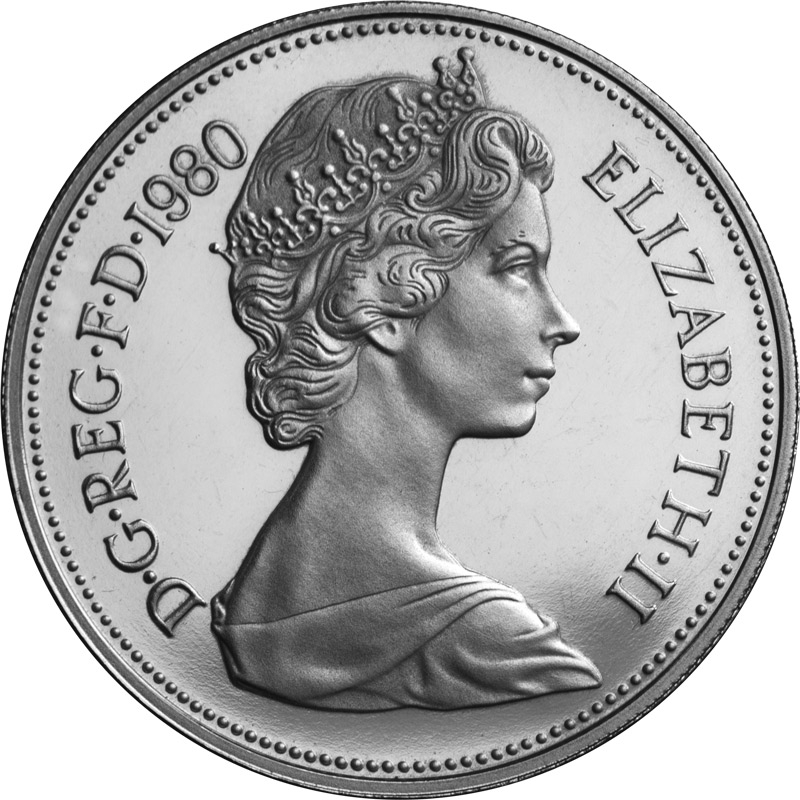£2 Coins
Which Queen Elizabeth II portrait is your favourite?
Jody Clark recently added his name to an illustrious list in the history books by becoming only the fifth person to create an effigy of Queen Elizabeth II for British circulating coins. Each artist has given their own portrayal of the Queen which offers us a numismatic timeline showing her changing profile over the years.
But which of the five is your favourite? Place your vote below.
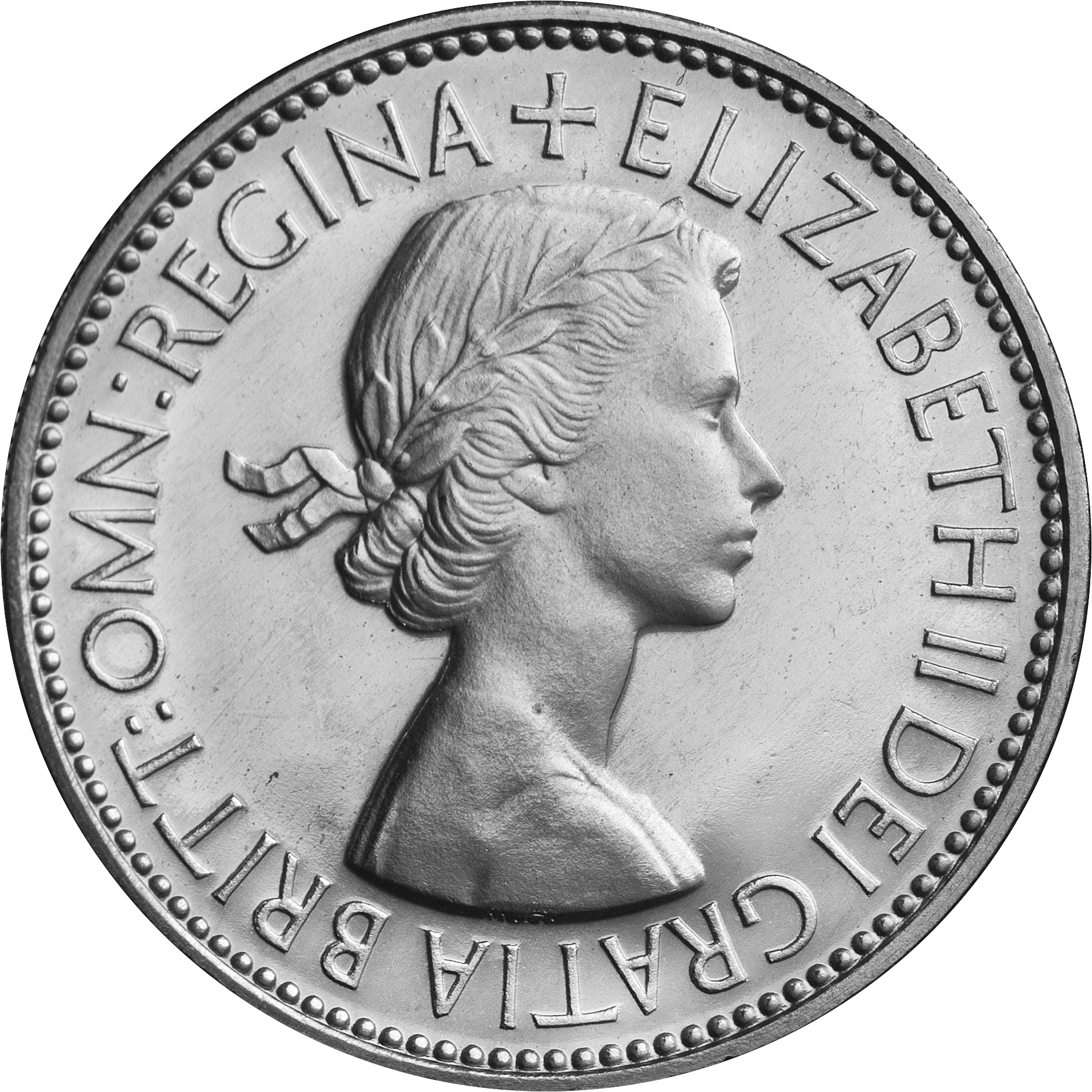 1. Mary Gillick (1953 – 1970)
1. Mary Gillick (1953 – 1970)
The very first coins of Queen Elizabeth II’s reign bore Mary Gillick’s portrait of a youthful looking Queen, which she engraved especially for the new coins. Her uncrowned portrait is still used on Maundy Money distributed each year by Her Majesty.
2. Arnold Machin RA (1968 – 1984)
With decimalisation approaching, the Queen’s portrait was refreshed with Arnold Machin’s new sculpture. Commissioned in 1964, it first appeared in 1968 on the new 5p and 10p coins. A version of the design with a tiara was introduced on stamps in 1967 and remains to this day.
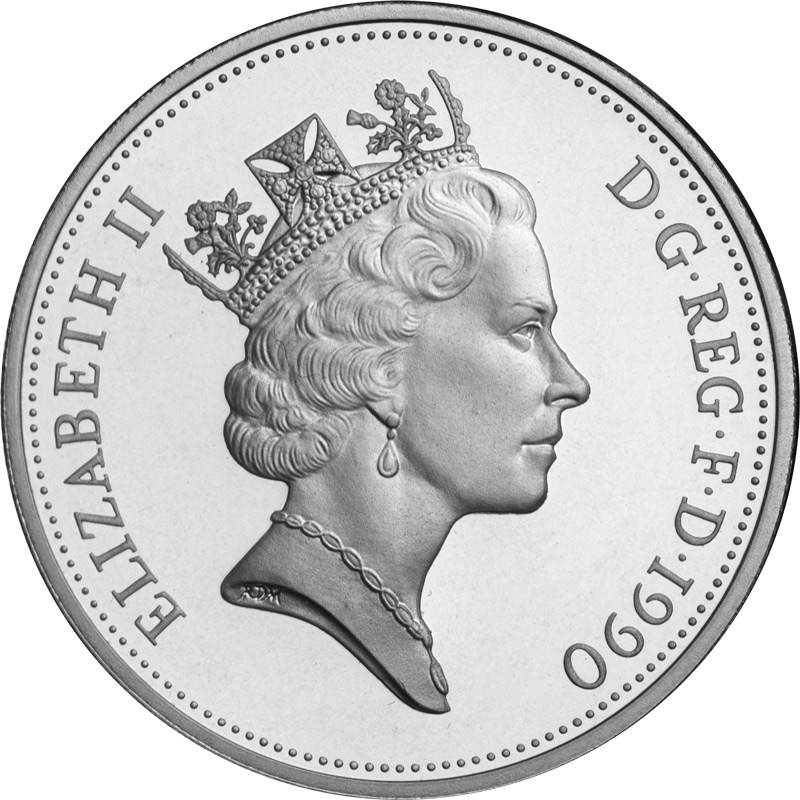
3. Raphael Maklouf (1985 – 1997)
With his portrayal of Her Majesty, Raphael Maklouf aimed to “create a symbol, regal and ageless”. Unlike the others, his original formal portrait depicting Queen Elizabeth II wearing the Royal Diadem was ‘couped’ (cut off above the shoulders) to become the third official effigy.
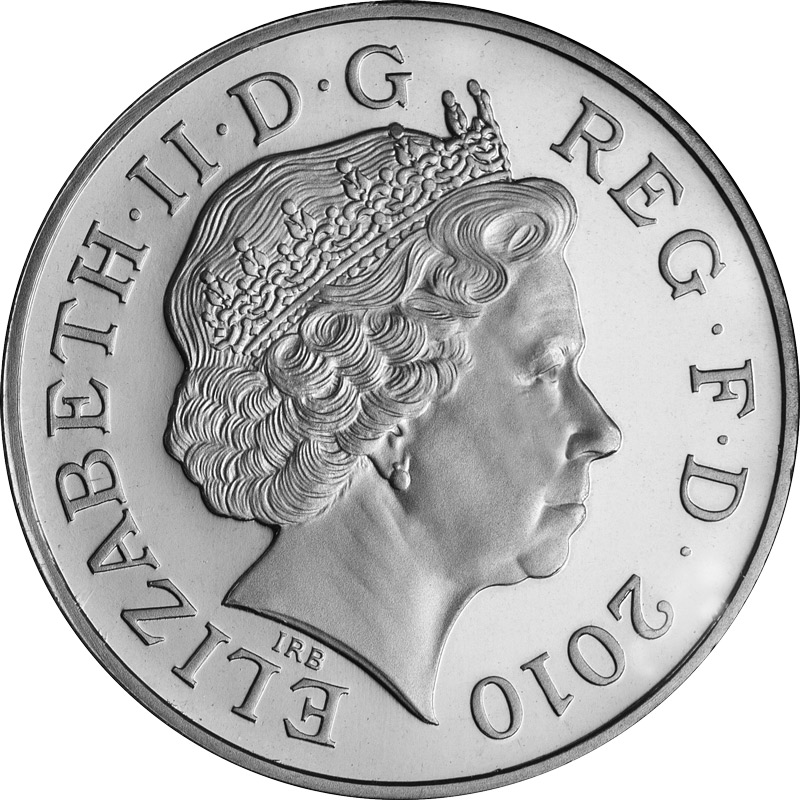
4. Ian Rank-Broadley FRBS (1998 – 2015)
The next portrait was created to fill the full circle of the coin in a deliberate response to the new smaller 5p and 10p coins in circulation. The designer, Ian Rank-Broadley FRBS, aimed to show the Queen with “poise and bearing” with his noticeably more mature portrayal.
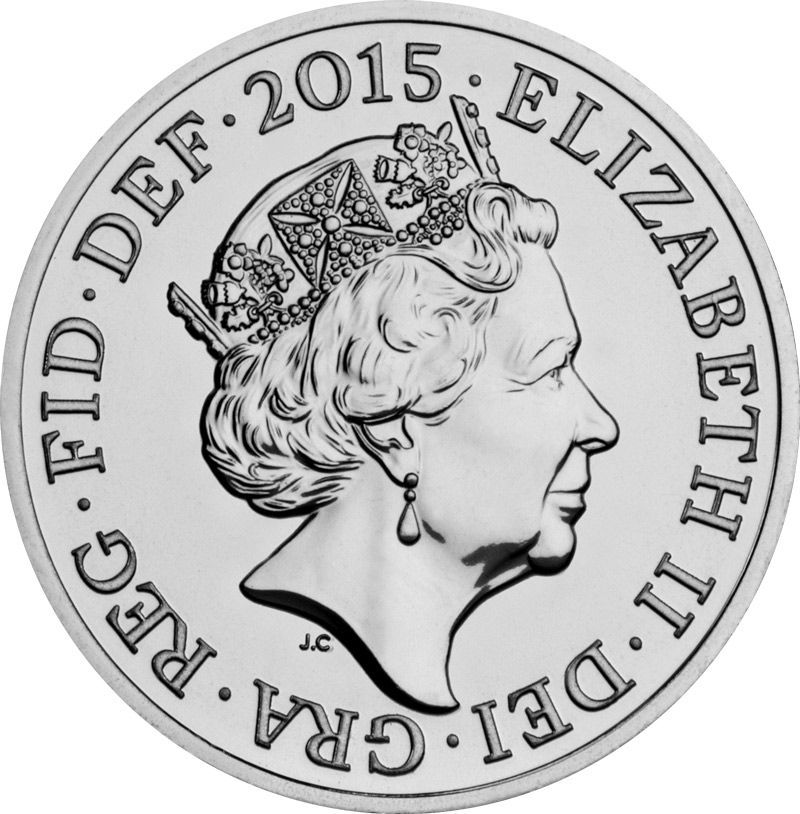
5. Jody Clark (2015 – )
The latest portrait by Jody Clark was unveiled on 2nd March 2015 during a ceremony at the National Portrait Gallery. His elegant depiction of Queen Elizabeth II was selected by the Royal Mint Advisory Committee – and he is the first Royal Mint engraver for over 100 years to be commissioned for a royal coinage portrait.
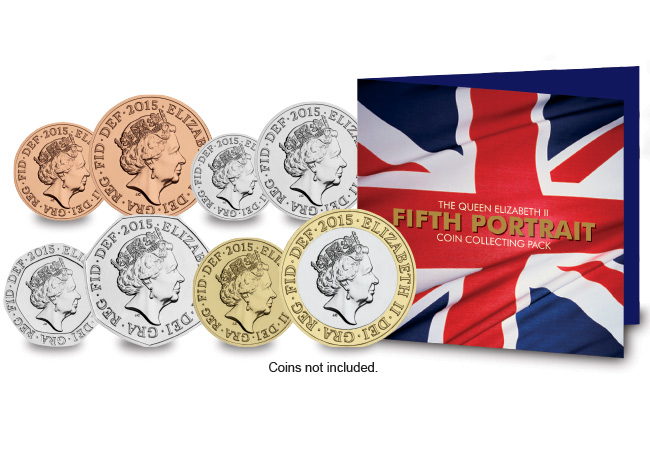 Collect all 8 new portrait coins
Collect all 8 new portrait coins
Be ready to collect all the new portrait coins straight from your change with Change Checker’s New Portrait Coin Collecting Pack.
Click here to reserve yours
Revealed: The Queen’s New Portrait for our Coins
Today at the National Portrait Gallery, the Royal Mint unveiled the new definitive portrait of Queen Elizabeth II which will appear on our circulating coinage this year. It is only the fifth portrait to appear on our coins in the Queen’s 62-year reign, and as far as collectors are concerned, events don’t come much bigger than this.
The portrait, showing a side profile of the Queen wearing a crown and drop earrings, was created by designer Jody Clark and is the winning entry of a closed competition launched by the Royal Mint late last year. Aged 33 when his design was selected, he is the youngest of the five designers to have created a portrait for Queen Elizabeth II.
Clark’s new effigy marks a brand new chapter in the history of our circulating coinage, and as any collector will tell you, first issues hold a significance and a lasting degree of collectability for years into the future.
We will see the new coins in our change over the coming weeks and months as they begin filtering through the cash centres and banks to begin with. You can be sure that many of these will be going straight into collections as Change Checkers seek to grab them in their freshly struck condition.
What do you think of the new portrait?
 Create a historic collection using your pocket change
Create a historic collection using your pocket change
Now you can collect all eight definitive coins featuring the Queen’s new effigy as soon as you spot them in your change.
Click here to order your New Portrait Collecting Pack
Announcing: The return of Britannia to our coins

An early depiction of Britannia on a George II halfpenny
Earlier in the month, we revealed that Britannia would be making a triumphant return to British circulating coins, and today The Royal Mint have unveiled the new design which we will soon be seeing on the new £2 coin.
Having been something of an institution for British coins for over 300 years, it came as a shock to many that her image was dropped from the 50p in the first place.

A depiction of Britannia on a George III Cartwheel Penny had a nautical theme
The Romans were the first to personify Britain as a noble female warrior, but it was Charles II who introduced Britannia to our coinage in 1672. Her debut appearance was on the Farthing at a time when Britain was engaged in a naval battle with Holland and she came to be a defining symbol of British national spirit – particularly over the seas.

A Queen Victoria Penny featuring Britannia
Britannia’s depiction was originally based on Charles’ mistress, Frances Teresa Stuart, who Samuel Pepys described as “the greatest beauty I ever saw”. She modelled and was subsequently immortalised as the figure which the nation grew to love.
But her image on our coins has evolved and changed many times since then.
Originally shown holding a spear on the 1672 Farthing, on the famous Cartwheel Penny she was adapted to purvey a more nautical look. Her spear was changed to a trident – famously associated with Neptune, the Roman God of the seas. Waves were added to the foreground, with a ship on the horizon, and the Union Flag added to her shield, in a strong display of patriotism.
This depiction of Britannia became a permanent feature on penny coins right up until decimalisation in 1971. Thereafter, she was introduced to the Fifty Pence piece, and remained until 2008 when she was famously replace with the Royal Shield of Arms, despite a Daily Mail campaign trying to save her.

A precious metal Britannia series was struck in silver and gold
Various alternatives of Britannia have existed over the years but it was not until Edward VII’s Florin that she appeared standing up. It was unusual for a coin to change so dramatically and it was considered a bold move to use a different version of the Britannia theme. The coin has since become a popular one amongst collectors, and it opened the door for a number of standing Britannia poses.
Britannia was even given the honour of being introduced as a coin in her own right. In 1987 a Gold Britannia coin was announced, and an entire precious metal series followed, with a silver version being added in 1997.
The astonishing fact is that Britannia has appeared on a circulating British coin in one way or another in an unbroken cycle between 1672 and 2008. Her reappearance to the definitive £2 coin is sure to delight collectors as she becomes a permanent feature of our pocket change once again.
Britannia’s return to the £2 coin means that the 2015 Technology £2 coin is now the very last of its kind. We have a small quantity of the Brilliant Uncirculated 2015 Technology £2 Coin available to buy in protective capsules. Click here for details.

